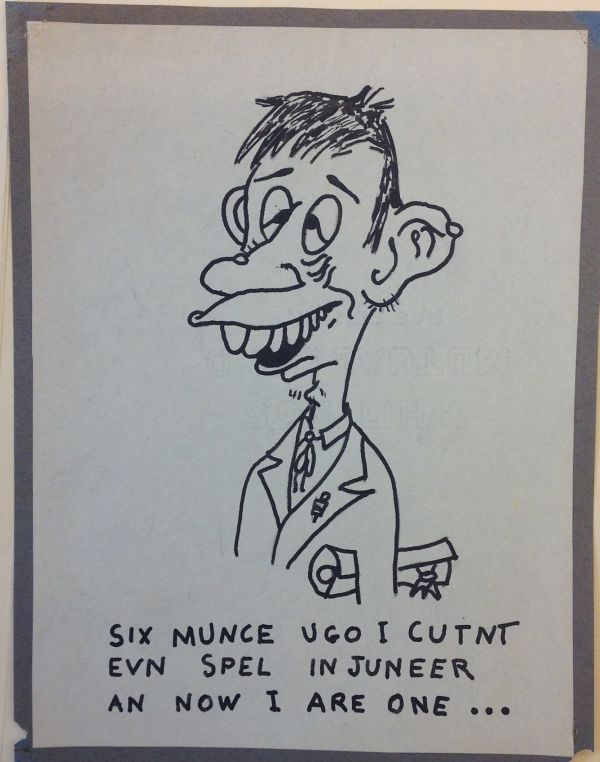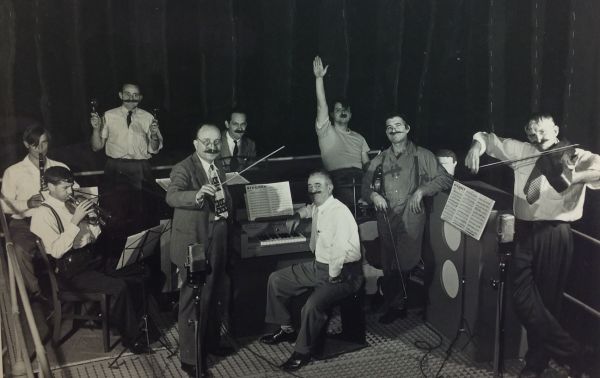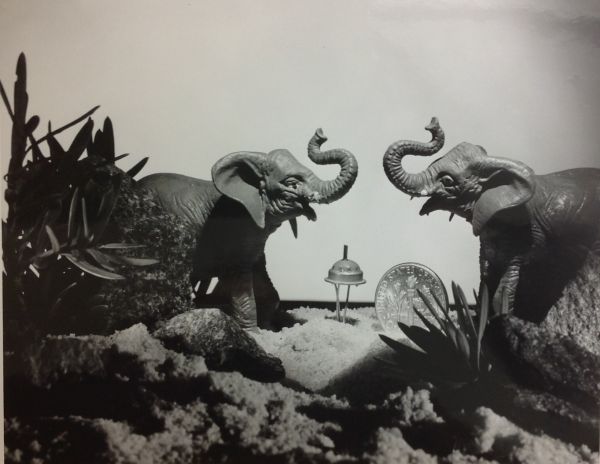Not quite a year ago, I arrived at the Soda House for my first day as the David Sarnoff Library collection processing intern in Manuscripts and Archives, fresh from a graduate seminar on archives and paper collections. I was looking forward to spending a year learning how to process collections and excited about the collection itself. In my first few weeks, I learned about the basics of processing, such as the difference between papers (they belong to individuals) and records (they belong to companies). I made enemies with piles of paper clips, rusty staples, and thermal paper, and friends with the Soda House staff. I learned to properly house (that is, folder and box) and label records. And then came intellectual processing, which is extraordinarily important because it is how archives staff and researchers find what they need in collections.
I spent the majority of my summer and fall processing materials about RCA Laboratories and from the individual scientists who worked there. In the process, I’ve learned more about semiconductors, integrated circuits, loudspeakers, lasers, ferrites, charge-coupled devices, and transistors than I thought I would ever know. I’ve also processed some of David Sarnoff’s papers and I gave a lecture on the social side of life at the RCA Laboratories for the Hagley course at OSHER.
For as much as I enjoyed learning about the work done at the RCA Labs, I found getting to know the scientists to be even better. In researching their backgrounds for the finding aid biographies, and in combing through their papers to put them in order, I have had a blast. My most memorable moments have been those that made me laugh out loud. Computer engineer Joe Weisbecker’s papers contain a self-mocking cartoon that one could imagine he doodled during a staff meeting:

In acoustics lab director Harry F. Olson’s papers, I found a photograph of musicians goofing around between tests in the acoustic lab’s field-free sound room. This 1947 picture is old-fashioned funny. Could that drummer actually be Hitler? How does one play a violin case? Look at you, with your hair all askew!

However, my all-time favorite find was in the transistor photographs (now housed in the AVD portion of the collection). As they worked on developing smaller and smaller transistors, RCA’s engineers would photograph the transistors next to objects, like dimes, to show relative size. The picture that really made me laugh was one in which the transistor looks like a tiny alien ship surrounded by enormous elephants and all nature of plastic plant life. I have a copy of the original hanging next to my desk in the Soda House, although I guess I’ll have to take it to my home corkboard in a few weeks:

Personally, I have found this to be a pretty good gig. I have had the opportunity to combine my organizational neuroses with my love and understanding of history, and I have benefited from the wisdom, experience, and kindness of all of the archivists with whom I worked in the Soda House. I hope that the work I have done will suffice for the needs of both archives staff and future researchers. Through my work with this collection, I have been inspired to focus my dissertation project on youth and radio, a decision that will eventually bring me back to the collection, but as a researcher. Perhaps it is the archives nerd in me, but I know that when I do come back, I’m going to be pretty excited to open up a box and see those elephants again. In the meantime, if you ever need to know what a vidicon is, I’ve got you covered.
Rachael A. Beyer is the 2014-2015 David Sarnoff Library collection processing intern in Manuscripts and Archives. Rachael has an M.A. in history from Iowa State University and is currently a Ph.D. student and Hagley fellow in the History Department at the University of Delaware, where she studies radio and youth communities. Rachael recently processed and digitized the Anna C. Wilson collection at the Historical Society of Cecil County (Md.).
